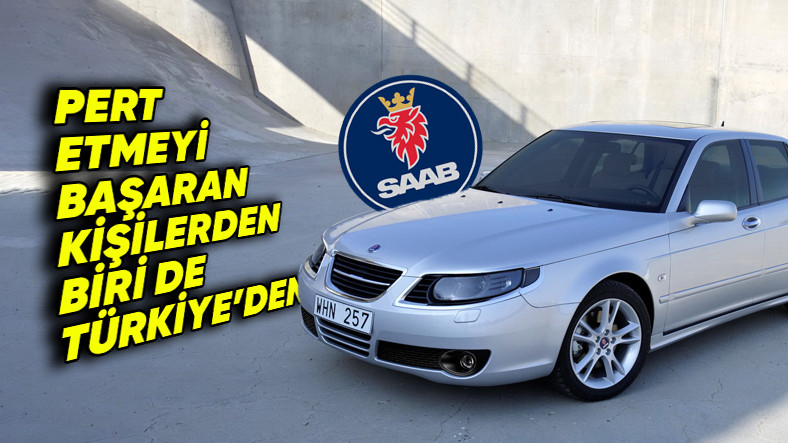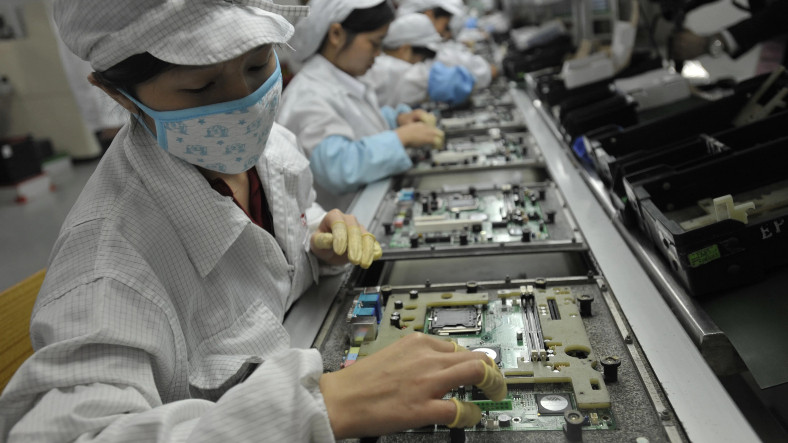Originating from aviation technology Swedish brandhas made a name for itself in the automotive world for years.
His innovations and with different designs What are the details in the prominent Saab story?
Saab was founded in 1937 to be active in the aerospace and defense industries.

After the Second World War, car production was started to secure the future of the company. The first car model Saab92, It was released in 1949. This model attracted attention with its aerodynamic design and solid structure, influenced by aviation engineering.
Saab 92, its innovative features and security It differed from other cars of that period in its meticulousness and attracted the attention of many countries, especially America.
Saab cars are best known for their reputation for durability and safety.

The brand has continuously innovated to raise safety standards. When the Saab 99 model was launched in 1968, One of the first cars to undergo a crash test was one of them. He was also a pioneer in the popularization of turbo technology. The Saab 900 Turbo has become a legend with its performance and durability.

Let us give you one more information that you cannot find anywhere else. Saab was so confident in the durability of its cars that it those who destroyed the vehicle “How did you do this?” he called. One of the examples of this is: In Turkey is available.
In 2009 we received a call from a businessman whose name we do not want to mention, from Saab. Man who managed to destroy the car He was the 9th person. The company’s curiosity was how this happened, as they had become a global brand in sustainability.
It had new features that others didn’t have.

In 1969 they made changes to the overall design of the cars They put the ignition key between the front seats. It was placed near the gear lever instead of behind the steering wheel as in most cars, to reduce serious permanent knee injuries caused by the knee hitting the shifter during collisions.
They started production in 1971 heated front seats They included it and it was installed by default for the first time in the world. Again in the same year, taking the blow, self-healing buffer Saab was the developer.

Saab 9-5 It was launched in 2003 and the seat belt buckles in the front of the vehicle were mounted on the seats and the top links were adjustable. The fit of the seat belt with the driver has been improved. To reduce play in the event of a collision to the front seat belts tensioners were installed.
In the 1990s, Saab began to experience financial problems due to the stock market crash.

General engines (GM)acquired 50 percent of Saab’s shares in 1990 and took over completely in 2000. However, during this period, Saab’s brand identity was damaged and financial problems could not be resolved. Saab, which sells about 125,000 cars annually, sold only 20,791 vehicles in 2009.
The losses continued and in 2010 Saab, the Dutch car manufacturer, went to work Spyker was bought by. However, this was not a long-term solution and the company went bankrupt in 2011.

After Saab’s bankruptcy NEVS (National Electric Vehicle Sweden) His company acquired Saab and planned to produce electric cars. However, this attempt did not achieve the expected success and production was stopped completely. The Saab brand was terminated by court decision in 2014.
The Saab legend remains on the roads.

After breaking dozens of world records with its various models, Saab may no longer produce new models today, but this legendary brand still lives in the hearts of many people. Saab on the second-hand market Their cars still attract a lot of attention because of their durability and reliability. Saab owners continue to use these vehicles with passion and loyalty.

Who knows, maybe one day the Saab spirit will revive again and these special cars will grace the roads again.
Sources: Saab, Auto Express, Capital One, University of Edinburgh, Forbes, Ancap Safety
Our other content you might want to check out:
Follow Webtekno on X and don’t miss the news






















